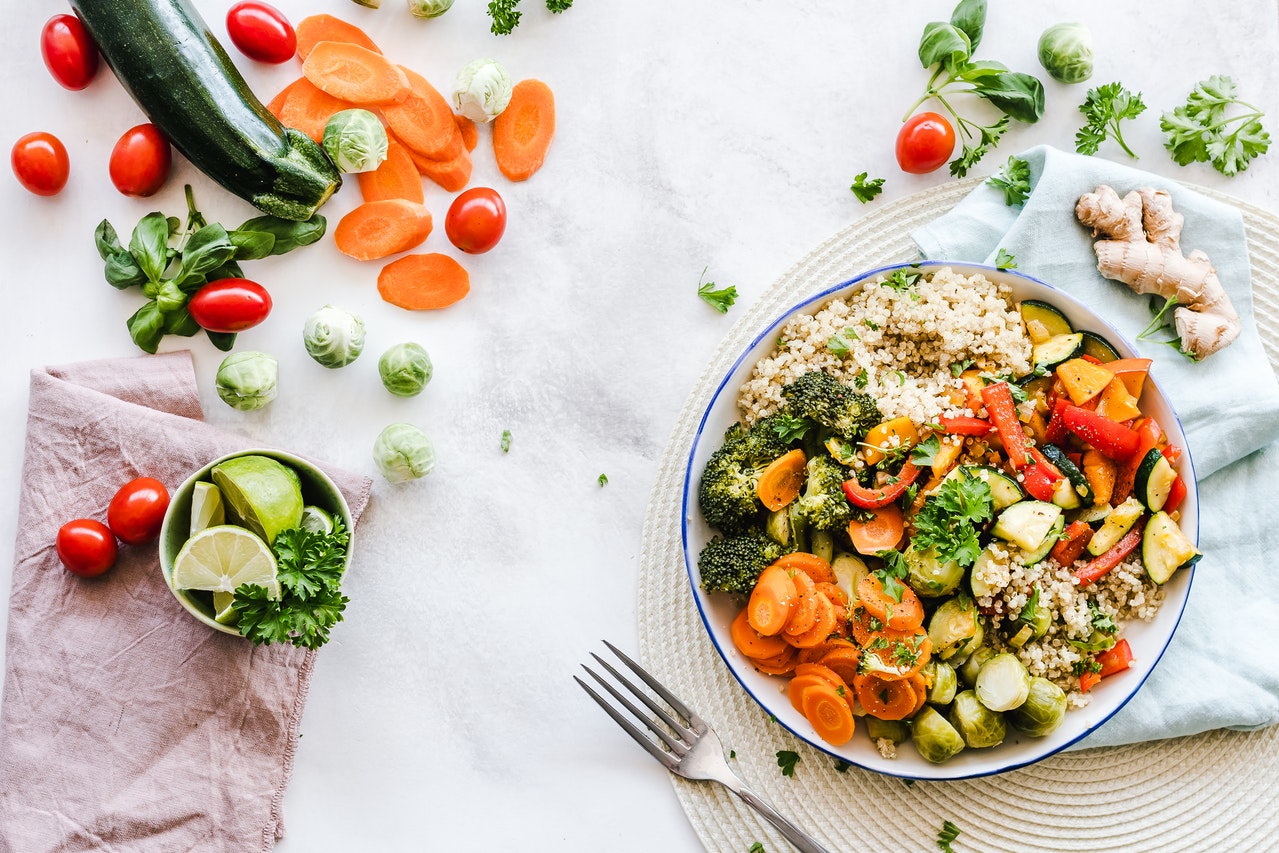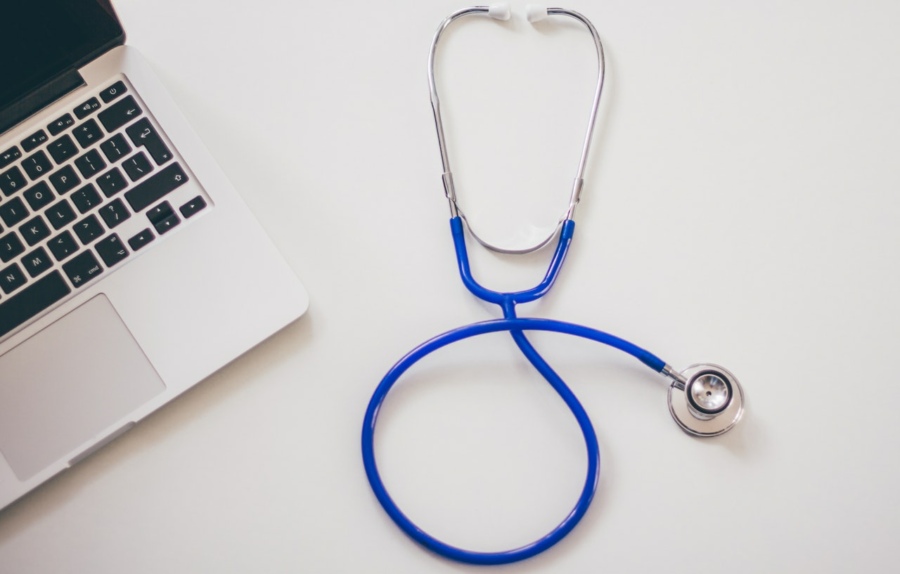Each year, over 700,000 people Americans either die or become seriously disabled due to stroke. Fortunately, there are ways to reduce the risk of having one.
Stop smoking
Smokers have more than double the risk for stroke compared to nonsmokers. This is because the chemicals in tobacco smoke affect the chemistry and metabolism of the blood vessels. Primarily, smoking reduces the oxygen content of the blood. Decreased oxygen saturation and the presence of carbon monoxide and nicotine causes the heart to beat faster and allows blood to clot more easily. These clots can float through the bloodstream until they become lodged in a blood vessel in the brain. The chance of having a stroke is reduced by 50 percent within the first year of stopping, and stroke risk for former smokers is on par with nonsmokers five years after quitting.
Control cholesterol and blood pressure
Certain changes in eating, such as reducing sodium and saturated fats in the diet, can help reduce the risk of stroke. Cholesterol is a waxy, soft fat found in the bloodstream. It is used by the body to build cells, vitamin D and some hormones. It does not float by itself through the blood; it is transported to the cells by two types of lipoproteins: high-density lipoprotein (HDL) and low-density lipoprotein (LDL).
LDL can cause plaque deposits to form on artery walls that can block the normal flow of blood to the brain. It can be reduced by avoiding foods that are high in saturated fat and cholesterol such as meat, eggs and dairy products. Exercise and weight control can also cut high cholesterol levels and the risk of stroke.
Eat more fruit and vegetables
Most people eat only about half of the recommended number of servings of fruit and vegetables. Doubling that intake can significantly cut the risk of stroke. According to a recent study conducted by Harvard University, the risk of stroke can be reduced by up to 30 percent by eating five servings daily of fruits and vegetables high in folic acid, potassium and fiber. Broccoli, cauliflower, tomatoes, carrots, spinach, apples, pears, bananas, and sweet potatoes are all known to have stroke-fighting characteristics.
Manage diabetes
Diabetics have four times the risk of having a stroke than non-diabetics. This is because diabetes is often associated with other health issues that affect the risk of stroke. Poorly managed diabetes can often result in uncontrolled high blood pressure, or hypertension. This condition is one of the leading causes of stroke. Approximately two-thirds of diabetic adults have uncontrolled hypertension. Diabetes can be managed through diet, exercise and medicine.
Take aspirin
Often, aspirin is taken in low doses to prevent stroke. The drug has been shown to reduce the risk of stroke by about 25 percent. This is because aspirin inhibits platelet cells in the blood from forming clots in arteries. Always consult your family physician before starting on an aspirin regimen.
By making a few simple lifestyle changes, people can expect to enjoy a life relatively free of the risk of stroke. Although prevention is key to reducing the likelihood of the event, if a stroke does occur it is important to be able to recognize the signs.
Call 9-1-1 immediately if there is a sudden onset of these symptoms:
Weakness or numbness of the arm, leg or face.
Confused or slurred speech or trouble understanding speech.
Difficult vision in one or both eyes.
Trouble walking, poor balance or coordination or dizziness.
Severe headache without a known cause.
Attached Images:
- License: Royalty Free or iStock source: http://www.flickr.com/photos/87933689@N08/8222449604/in/photostream/lightbox/
Kat Simmons is a public health educator and regular contributor to online health journals around the world. You can read more of her expert advice at Online Masters in Public Health Degree.




